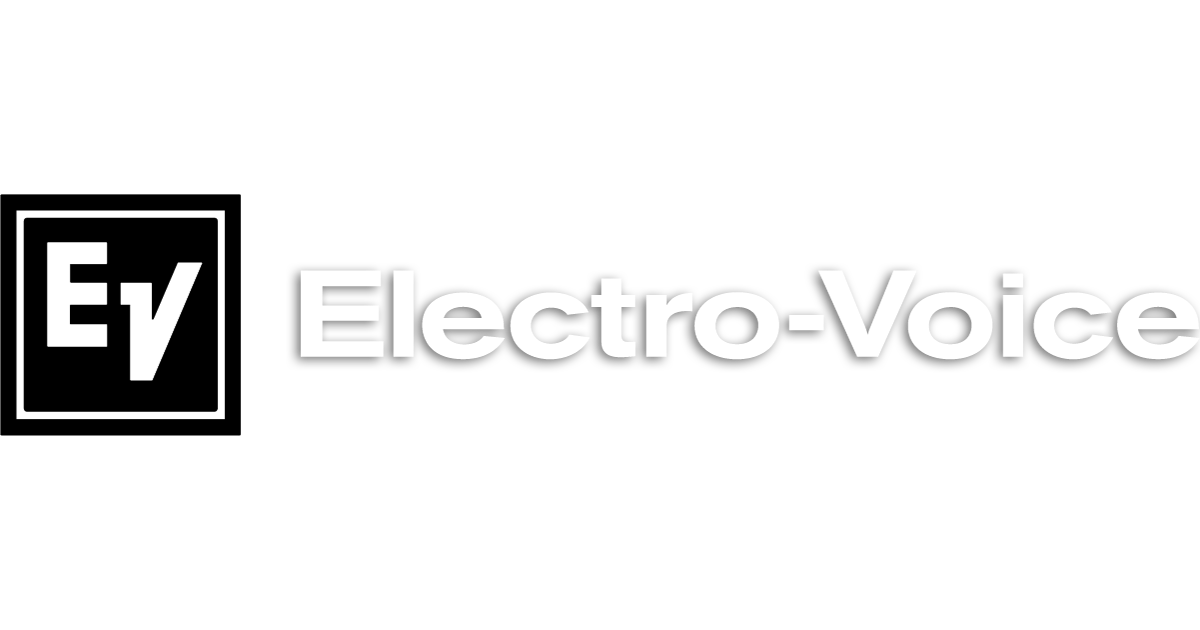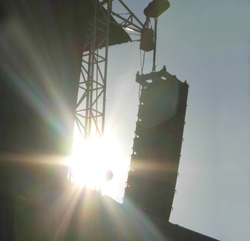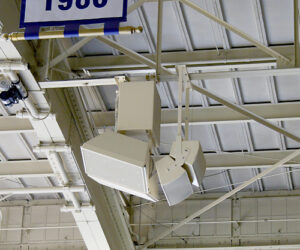It was acoustical pioneer Harry Olson who first demonstrated the line array effect of the narrowing of the beam with increasing frequency.
This approach was published in Olson’s book, “Acoustical Engineering,” in 1957, and these concepts were used to develop column loudspeakers comprised of vertically aligned drivers in a single enclosure that teamed up to produce mid-range output in a wide horizontal and narrow vertical pattern.
These column loudspeakers proved popular in the 1960s and 1970s, primarily for spoken word and public address applications in reverberant spaces.
Not much significant happened with the technology until Christian Heil and L-Acoustics took the pro audio market in the mid-1990s by storm with the introduction of V-DOSC , showing the concert sound world that more level and smoother frequency response can come from fewer drivers in a line array.
As frequent Live Sound contributor John Murray noted a few years ago, “After everyone realized that for a given listening area, the drivers have no destructive interference in the horizontal plane and combine mostly in phase in the vertical plane, the race was on.”
Today, medium and small format represent the largest market for line arrays, whether in performing arts centers, worship facilities, ballrooms, convention centers or auditoriums.
We define “medium format” line arrays as those with 10-inch low frequency drivers, and we’ve created a “small format” category for those with 8-inch LF drivers, and will be covering those later this year.
When the modern version of line arrays hit the market more than a decade ago, the vast majority were of the large format variety (12-inch and larger LF drivers), with subsequent introductions primarily defined by ever-decreasing footprints.
Compact enclosures are not only less expensive, but also weigh less and can bend more rapidly without breaking their coupling, due to the smaller diameter of their woofers. The physics of coupling dictates a limit to the angle from one enclosure to the next, beyond which beaming and spotty coverage occurs.
While a line array with 15-inch LF drivers has a limit of about 5 degrees, enclosures based on 10-inch cones can bend by 10 degrees from one cabinet to the next. Lesser scaled line arrays can therefore provide a greater angle of vertical coverage in a shorter height, especially important in smaller venues.
In addition, line arrays lose pattern control at frequencies whose wavelengths are longer than the array’s height.
To provide pattern control down to 100 Hz, for example, an array must be 11 feet tall and, with a typical cabinet height of a foot or less, control down to 100 Hz requires 11 or more cabinets in an array.
Hanging half a line array provides omni-directional low frequency coverage that creates both a puddle of mud on stage and thin-sounding response at the back of the listening area, often where the mix position is located.
Suffice to say the advantages are many when talking about line arrays of a reduced scale for numerous applications. Enjoy this Real World Gear tour of the latest medium format models.
Enjoy our PSW Photo Gallery Tour look at 14 medium-format options.
















